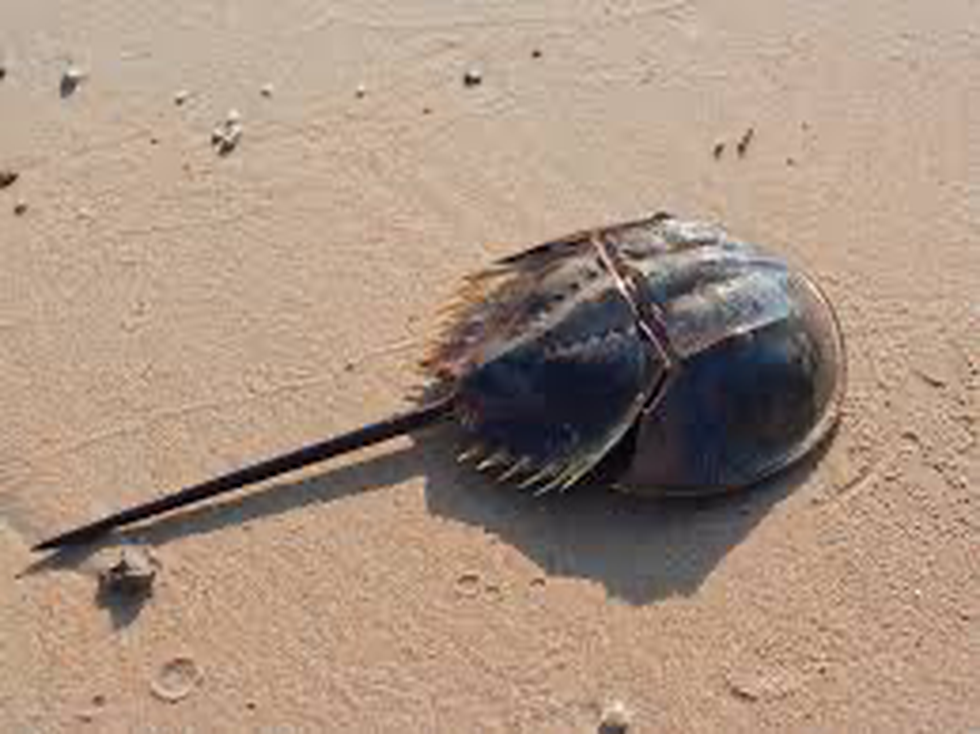A remarkable discovery has been made along the coastline of Odisha: a rare sea creature known for its striking blue blood. This find has attracted considerable interest from scientists and nature enthusiasts, highlighting the region’s diverse marine life.
Unique Characteristics
The newly discovered creature is part of the hemocyanin family. Its blood contains copper-based hemocyanin, which serves as an oxygen transport mechanism, resulting in its unique blue color. This adaptation differentiates it from vertebrates that rely on iron-based hemoglobin for oxygen transport. The creature’s ability to thrive in oxygen-poor ocean depths showcases its specialized evolutionary traits.
Importance of the Discovery
Marine biologists stress that such discoveries are crucial for understanding marine ecosystems. The presence of this blue-blooded creature signals a healthy ocean environment with rich biodiversity. This finding underlines the importance of conservation efforts to protect these marine habitats.
Call for Conservation
Conservationists are urging local communities and authorities to collaborate in safeguarding marine ecosystems from pollution and overfishing. Protecting these habitats is essential for maintaining the health of the ocean and preserving its unique species.
Future Research
As research progresses, experts aim to uncover more about the habits and habitats of this intriguing sea creature. This sighting enriches our understanding of marine life and serves as a crucial reminder of the need to protect our oceans for future generations.
Multiple-Choice Questions (MCQs):
- What color is the blood of the newly discovered sea creature?
- A) Red
- B) Green
- C) Blue
- D) Yellow
Answer: C) Blue
- What family does the newly discovered sea creature belong to?
- A) Hemoglobin
- B) Hemocyanin
- C) Chlorophyll
- D) Myoglobin
Answer: B) Hemocyanin
- What substance is used in the creature’s blood for oxygen transport?
- A) Iron
- B) Copper
- C) Magnesium
- D) Zinc
Answer: B) Copper
- Why is the discovery of this creature significant to marine biologists?
- A) It indicates pollution in the ocean.
- B) It highlights the need for increased fishing.
- C) It helps in understanding marine ecosystems.
- D) It is a common species.
Answer: C) It helps in understanding marine ecosystems.
- What are conservationists urging local communities to do?
- A) Promote overfishing
- B) Protect marine habitats
- C) Ignore marine biodiversity
- D) Increase pollution
Answer: B) Protect marine habitats.
